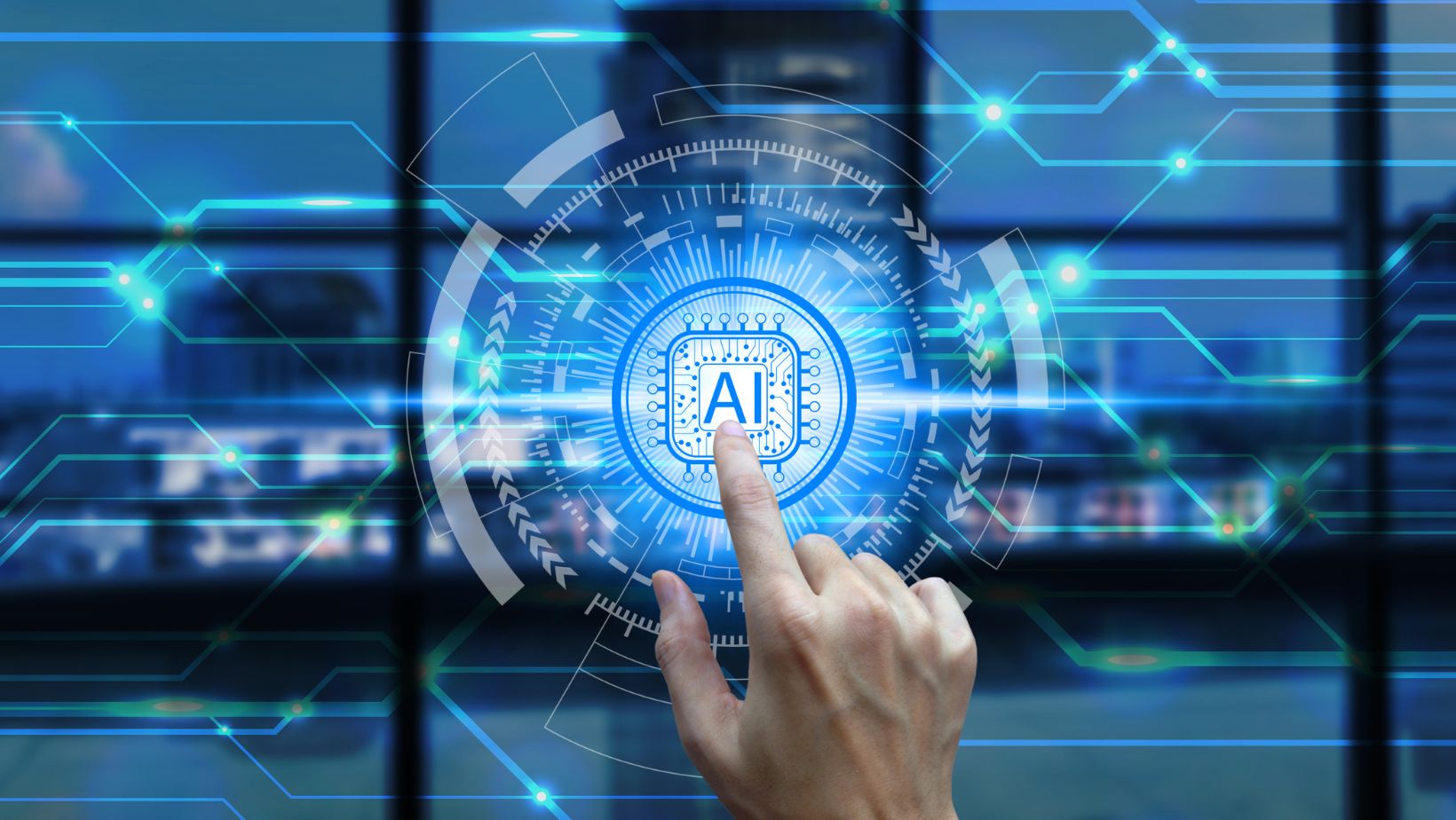In recent years, artificial intelligence (AI) has dramatically transformed the educational landscape. What was once considered futuristic is now becoming standard in many classrooms and online learning environments. AI systems are not only streamlining administrative processes but are also revolutionizing the way students learn by making education more personalized, accessible, and effective. From intelligent tutoring systems to adaptive learning platforms, AI is opening new pathways for individualized instruction that aligns with the needs of every learner.
A New Era of Tailored Learning
The traditional classroom model, with its fixed pacing and uniform curriculum, often falls short in addressing the diverse learning needs of students. AI disrupts this model by introducing adaptive learning technologies that can analyze a student’s performance in real time and modify the educational content accordingly. Whether a student excels in mathematics but struggles with language arts, or learns best through visuals rather than text, AI can tailor instruction to suit these preferences and skill levels.
This adaptability ensures that no student is left behind or held back. Algorithms assess learning styles, behavioral patterns, and progress metrics to deliver customized experiences. Students get the support they need when they need it, and this significantly enhances both engagement and comprehension.
Empowering Educators with Data-Driven Insights
AI doesn’t just benefit students—it’s an invaluable tool for educators as well. Teachers can leverage intelligent platforms that track student progress, pinpoint knowledge gaps, and forecast academic outcomes. This data-driven approach allows educators to provide timely interventions, create personalized lesson plans, and focus their efforts where they are needed most.

For example, an AI-powered dashboard might indicate that a group of students is consistently underperforming in algebraic concepts. The teacher can then allocate additional resources or modify instructional strategies to address the issue. Such insights lead to a more responsive and effective teaching methodology.
Enhancing Learning with Interactivity and Feedback
One of the most powerful features of AI in education is its ability to provide real-time feedback. Unlike traditional assessments that often delay responses, AI systems immediately notify students of errors and guide them toward the correct solution. This immediate reinforcement is crucial in solidifying understanding and correcting misconceptions early in the learning process.
Moreover, AI facilitates interactive learning through intelligent tutoring systems and gamified environments. These platforms adjust the difficulty level based on user performance, making the learning journey challenging yet manageable. Students are more likely to remain engaged when the content feels personalized and appropriately paced.
The Role of Multimedia in Modern Learning
Another way AI is reshaping education is through the integration of multimedia content. Interactive videos, animations, and simulations can significantly boost comprehension, especially for complex or abstract topics. Visual learners, in particular, benefit from these enriched experiences, which make learning more engaging and memorable.
In this context, tools like invideo AI have gained popularity among educators and instructional designers. Known for simplifying content creation, invideo AI also offers an
ai presentation maker , which allows teachers to craft visually appealing, interactive presentations in a matter of minutes. This functionality is especially useful in flipped classrooms or hybrid learning environments, where dynamic content can make a substantial difference in knowledge retention.
Bridging Gaps Through Language and Accessibility Tools
AI is also making strides in breaking down barriers to education. Language translation tools powered by AI enable learners from different linguistic backgrounds to access the same content in their native tongue. Similarly, speech-to-text and text-to-speech applications support students with disabilities, ensuring inclusive education for all.

These tools not only promote accessibility but also encourage a more global and diverse learning environment. Students can collaborate with peers across the world, share ideas, and gain perspectives that would otherwise be limited by geographic or linguistic constraints.
Custom Assessments and Skills-Based Learning
Standardized testing has long been criticized for its inability to reflect a student’s true capabilities. AI offers an alternative through dynamic assessments that adjust to a learner’s responses in real time. These assessments provide a more nuanced view of student understanding, allowing educators to fine-tune their instructional strategies accordingly.
Beyond academic knowledge, AI-driven platforms are also helping students develop soft skills such as problem-solving, creativity, and communication. Simulation tools and scenario-based learning systems expose students to real-world challenges, offering immediate feedback and performance analytics to foster continuous improvement.
Supporting Remote and Hybrid Learning Environments
The global shift to remote and hybrid learning has accelerated the adoption of AI tools. In virtual classrooms, AI assists in everything from monitoring participation to personalizing content delivery. It ensures that students remain engaged, regardless of their physical location.
An excellent example of this is the use of an
ai video generator app . These applications enable educators to quickly turn written material or lesson plans into engaging videos with narration, animations, and visual effects. This not only saves time but also enhances the learning experience by catering to different learning styles. Videos created through such apps can be used for asynchronous lessons, homework support, or revision material—making them a versatile asset in modern education.
Ethical Considerations and the Human Element
While AI brings numerous benefits to education, it’s important to address ethical considerations. Issues such as data privacy, algorithmic bias, and transparency must be carefully managed. Educational institutions should establish clear guidelines on how student data is collected, stored, and used.
Equally important is the balance between technology and human interaction. AI can support and augment the teaching process, but it cannot replace the empathy, intuition, and emotional intelligence that human educators bring to the classroom. The goal should be to use AI as a partner in education, not a substitute.
The Future of Learning Is Intelligent and Inclusive
As AI continues to evolve, its role in education will only grow more significant. Future developments may include even more personalized virtual tutors, emotionally intelligent systems that detect and respond to student moods, and fully adaptive curricula that evolve with each learner’s journey.
In a world where information is abundant but attention is limited, AI provides the tools to create targeted, impactful, and inclusive educational experiences. It empowers students to learn at their own pace, supports teachers in delivering more effective instruction, and ensures that learning is no longer constrained by traditional boundaries.
AI is not just enhancing education—it’s redefining it. By personalizing learning paths, enriching content delivery, and supporting teachers with intelligent tools, AI is helping to create a more equitable and effective learning environment for all. As we move forward, embracing these intelligent systems will be key to unlocking the full potential of every student.
 For example, an AI-powered dashboard might indicate that a group of students is consistently underperforming in algebraic concepts. The teacher can then allocate additional resources or modify instructional strategies to address the issue. Such insights lead to a more responsive and effective teaching methodology.
For example, an AI-powered dashboard might indicate that a group of students is consistently underperforming in algebraic concepts. The teacher can then allocate additional resources or modify instructional strategies to address the issue. Such insights lead to a more responsive and effective teaching methodology.
 These tools not only promote accessibility but also encourage a more global and diverse learning environment. Students can collaborate with peers across the world, share ideas, and gain perspectives that would otherwise be limited by geographic or linguistic constraints.
These tools not only promote accessibility but also encourage a more global and diverse learning environment. Students can collaborate with peers across the world, share ideas, and gain perspectives that would otherwise be limited by geographic or linguistic constraints.




